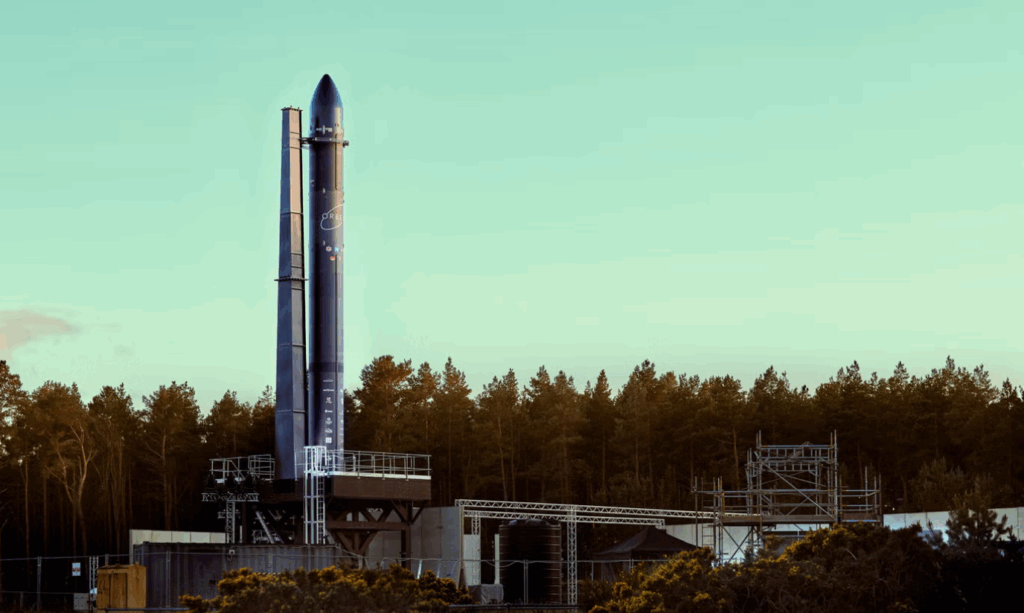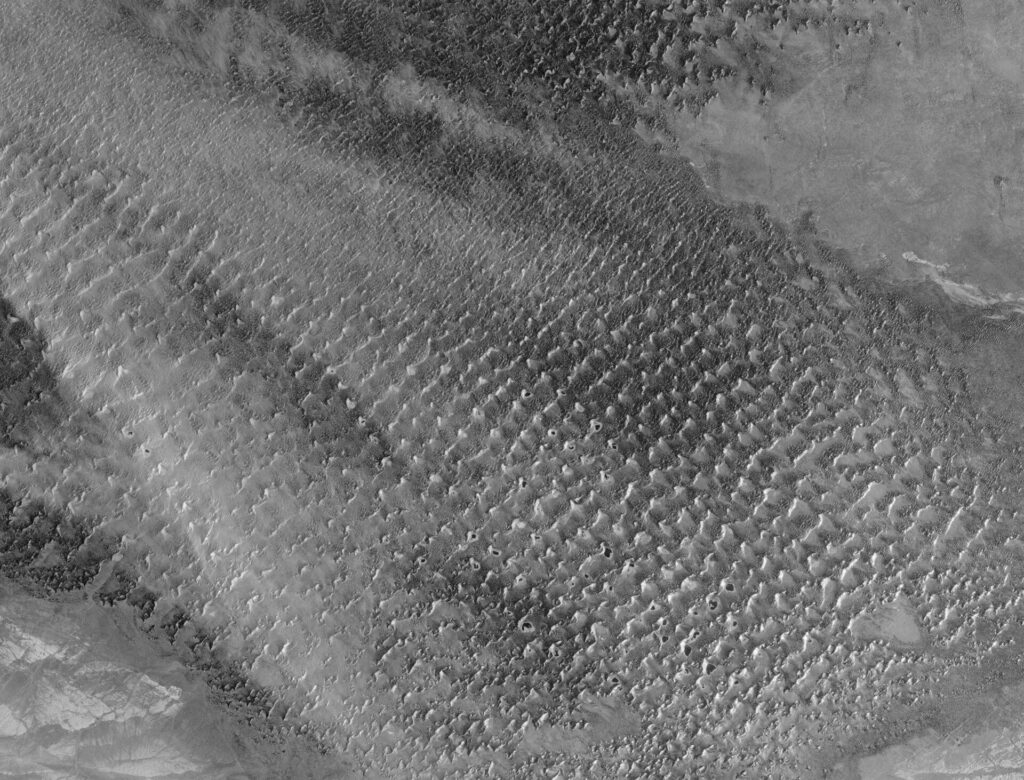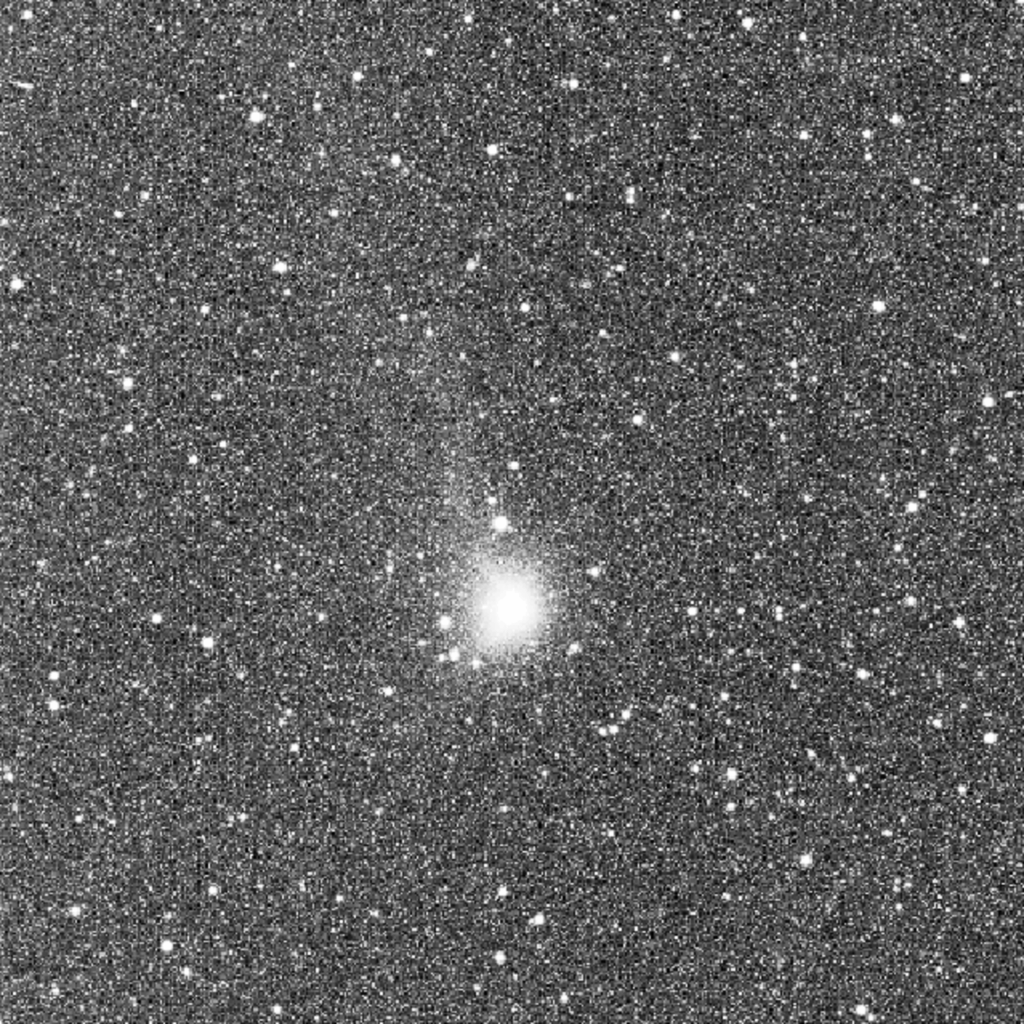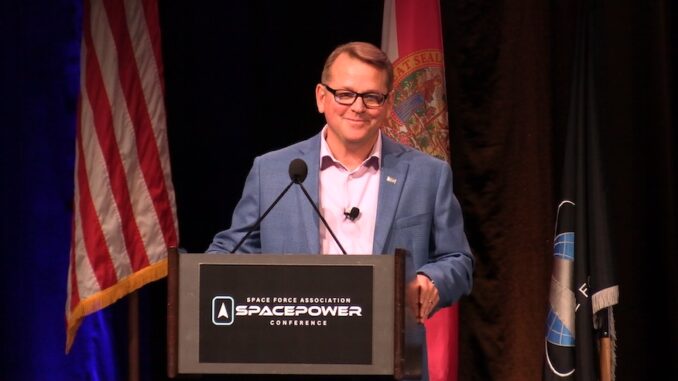Now Reading: Antarctic glacier caught stealing ice from neighbour
-
01
Antarctic glacier caught stealing ice from neighbour
Antarctic glacier caught stealing ice from neighbour


08/05/2025
431 views
5 likes
Thanks largely to Copernicus Sentinel-1, scientists have discovered that a glacier in Antarctica is rapidly siphoning ice from neighbouring flows – at a pace never before seen. Until now, researchers believed that this process of ‘ice piracy’ in Antarctica took hundreds or even thousands of years, but these latest findings clearly demonstrate that this isn’t always the case.
Published today in The Cryosphere, the research, partly funded by the Science for Society element of ESA’s FutureEO programme, reveals that the fast-flowing Kohler East Glacier in West Antarctica has been stealing ice from a slower-moving neighbour.
Kohler Glacier, as well as the Pope and Smith Glaciers, are among the fastest-changing in West Antarctica, with some moving and thinning faster than others. These glaciers are situated upstream of the Dotson and Crosson Ice Shelves.
Ice from the Pope, Smith and Kohler Glaciers flows into the Dotson and Crosson Ice Shelves, which float on the Amundsen Sea. The rate at which the ice flows and eventual melts into the sea has implications for sea-level rise.
A group of scientists, led by the University of Leeds in the UK, examined high-resolution images from satellites such as Sentinel-1 along with other satellite data spanning 2005 to 2022 to understand the rates of flow from eight ice streams in the Pope-Smith-Kohler region.
They calculated ice velocity using a tracking technique that measures the displacement of visible features, such as crevasses or rifts, on or near the ice surface. Data on ice-thinning rates from ESA’s CryoSat mission were also used in the study.
In doing so, they found that seven of the streams had sped up, one almost doubling its speed, but, in stark contrast, one had actually slowed down.
It turns out that the fastest-flowing glacier, Kohler East, is right next to a slower-flowing glacier, Kohler West.
However, the difference in speed of ice flow isn’t the only intriguing aspect of this vulnerable region. The research team also discovered a significant shift in flow direction, which is resulting in the faster Kohler East stream rapidly drawing ice from its slower neighbour, Kohler West.
The researchers found that, on average, the glaciers in the Pope-Smith-Kohler region have sped up by 51% since 2005. However, hidden within this average are some big differences. Four glaciers sped up by between 60% and 87% over the 17 years, and, remarkably, six of the streams reached average speeds of over 700 m per year in 2022 alone.
The fastest were Kohler East and Smith West Glacier, where ice speeds increased by an average of 32 m a year over 17-year the study period.
Given the impacts climate change is having, this doesn’t really come as a surprise. However, what is surprising is the fact that the speed of the Kohler West glacier actually slowed by 10% over the study period.
Lead author Dr Heather Selley, from the University of Leeds, explained “We think that this slowdown is because Kohler West also seems to have changed direction and flowed towards its neighbour, Kohler East.
“This change in direction is likely caused by the vastly different thinning rates on the neighbouring glaciers.
“Because Kohler East’s ice stream is flowing and thinning faster as it travels, it absorbs, or ‘steals’ ice from the slower-moving Kohler West.
“This is effectively an act of ‘ice piracy’, where ice flow is redirected from one glacier into another, and the accelerating glacier is essentially thieving ice from its slowing neighbour.
“Astonishingly, thanks to satellite data, we can see that this is happening in less than 18 years, whereas we’ve always thought it was this extremely long, slow process.”
These results show that there is substantial speed-up in this region of Antarctica, which has the highest recorded rates of thinning and grounding-line retreat.
The grounding line is the point at which glaciers on land transition to ice shelves and start to float. If the grounding line retreats, this can cause instability and even faster flow of the ice sheet towards the ocean.
Prof. Anna Hogg, also from the University of Leeds, added, “Our results suggest that ice flow redirection is an important new process in contemporary ice-sheet dynamics, which is required to understand present-day structural change in glaciers and the future evolution of these systems.
“The data reveal previously unobserved interactions between floating ice shelves and grounded ice sheets, which will affect future sea-level rise, and may influence changes in the mass of ice sheets and ice shelves during the 21st century.”
Dr Martin Wearing, ESA Polar Science Cluster Coordinator, said, “This new study highlights the unique ability of satellites to provide both the temporal and spatial coverage required to assess change in the polar regions.
“Using data from Copernicus Sentinel-1, as well as data on ice thinning from ESA’s CryoSat mission, the team has revealed the complex evolution of ice flow in part of West Antarctica over the past few decades.
“Understanding these changing dynamics and what drives them is crucial for improved projections of future ice-sheet change and contributions to sea-level rise.”
Stay Informed With the Latest & Most Important News
Previous Post
Next Post
-
 012024 in Review: Highlights from NASA in Silicon Valley
012024 in Review: Highlights from NASA in Silicon Valley -
 02Panasonic Leica Summilux DG 15mm f/1.7 ASPH review
02Panasonic Leica Summilux DG 15mm f/1.7 ASPH review -
 03How New NASA, India Earth Satellite NISAR Will See Earth
03How New NASA, India Earth Satellite NISAR Will See Earth -
 04And Thus Begins A New Year For Life On Earth
04And Thus Begins A New Year For Life On Earth -
 05Astronomy Activation Ambassadors: A New Era
05Astronomy Activation Ambassadors: A New Era -
06SpaceX launch surge helps set new global launch record in 2024
-
 07From Polymerization-Enabled Folding and Assembly to Chemical Evolution: Key Processes for Emergence of Functional Polymers in the Origin of Life
07From Polymerization-Enabled Folding and Assembly to Chemical Evolution: Key Processes for Emergence of Functional Polymers in the Origin of Life




















